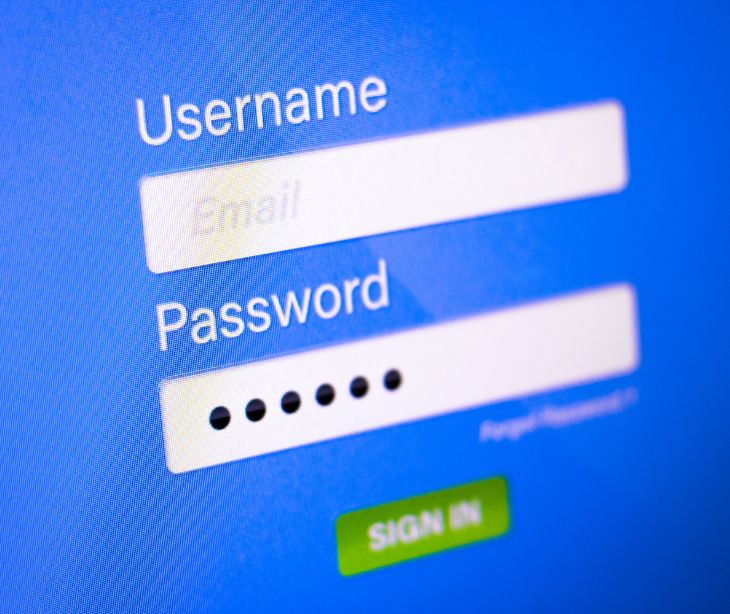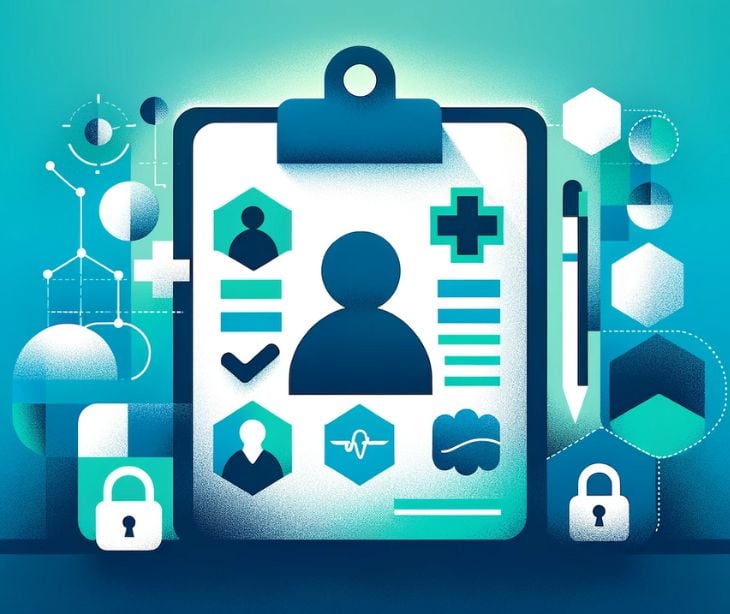
User authentication ensures that only authorized individuals gain entry to specific resources, whether it's an email account, database, or healthcare records.
The basics of user authentication
User authentication, in a healthcare context, is the process of confirming that someone is who they claim to be when logging in to a device, software, or an app.
There are methods used to accomplish this, each with strengths and weaknesses.
- Password-based authentication: This is the most common form of user authentication. Users provide a username and a secret password to access their accounts. The strength of this method depends on the complexity and security of the chosen password. Strong, unique passwords protect against brute-force attacks.
- Multi-factor authentication (MFA): MFA takes security a step further by requiring users to provide two or more forms of authentication. You might enter your password and then receive a one-time code on your mobile device that you also need to enter. This adds an extra layer of protection.
- Biometric authentication: Biometric authentication methods have gained popularity due to their convenience and the high level of security they provide. Your fingerprint or face is unique, making it difficult for others to impersonate you.
- Token-based authentication: Tokens can be physical (like a smart card) or virtual (like an app-generated one-time password). Token-based authentication adds an extra layer of security by requiring a physical or virtual device to generate a code used for login. This code changes frequently, which means even if someone were to intercept it, it would quickly become obsolete.
- Single sign-on (SSO): SSO allows users to access multiple related systems or services with just one authentication. It simplifies the login process and enhances user experience. While it offers convenience, it poses a higher risk if the single sign-on system is compromised.
User authentication and HIPAA compliance
The HIPAA Security Rule mandates the protection of electronic protected health information (PHI), making user authentication a critical piece of the puzzle.
Access control to PHI:
Access control is central to HIPAA compliance. It ensures that only authorized individuals can access PHI. Without proper authentication, healthcare organizations risk unauthorized access to patient records, which could lead to breaches and legal consequences.
Related: A guide to HIPAA and access controls
Unique user identification:
HIPAA requires the assignment of unique identifiers to users who need access to PHI. This ensures that each user is uniquely identified in the system, making it easier to track who accessed PHI and what did. Proper authentication methods provide these unique identifiers, helping organizations comply with this requirement.
Password management:
HIPAA requires organizations to have policies and procedures for managing passwords securely. This includes creating strong passwords and securely storing them. Proper password management helps protect ePHI from unauthorized access.
Secure workstation and device usage:
HIPAA also mandates safeguards for workstations and devices that access PHI. User authentication ensures that only authorized personnel can access PHI on these devices.
Audit controls:
Audit controls involve generating and reviewing audit logs of system activity. Each time a user authenticates, their unique identifier is recorded, along with the actions they perform. This information is needed for audit and accountability purposes, ensuring compliance with HIPAA's audit controls requirement.
Subscribe to Paubox Weekly
Every Friday we'll bring you the most important news from Paubox. Our aim is to make you smarter, faster.




